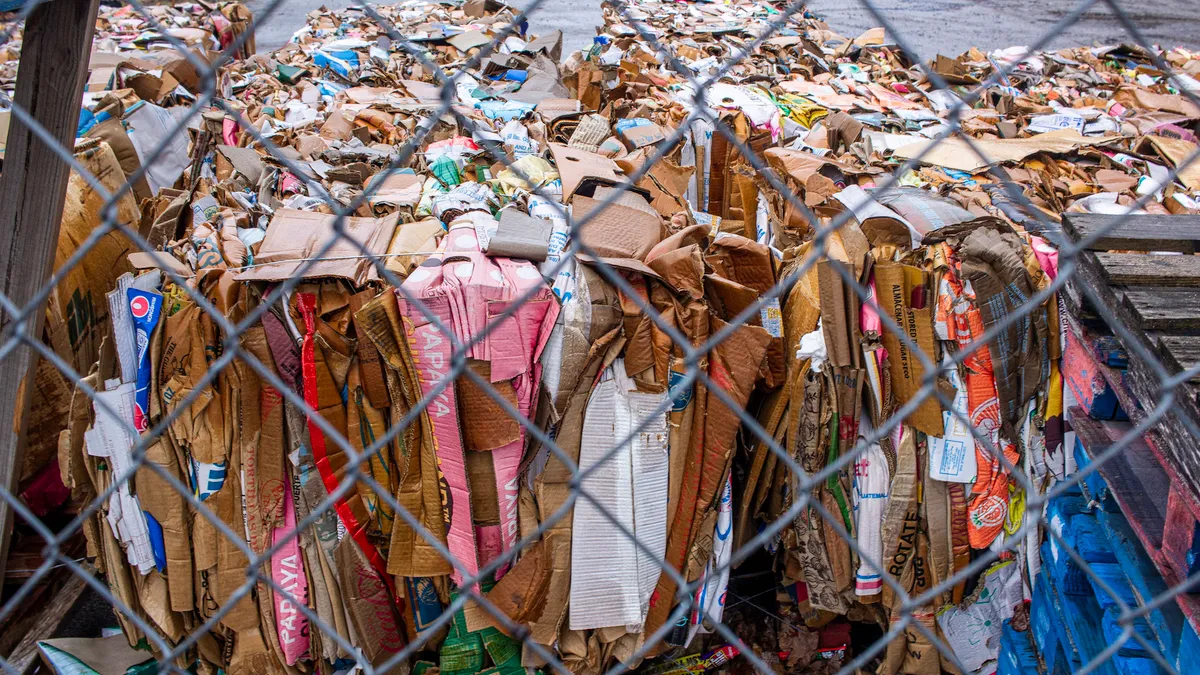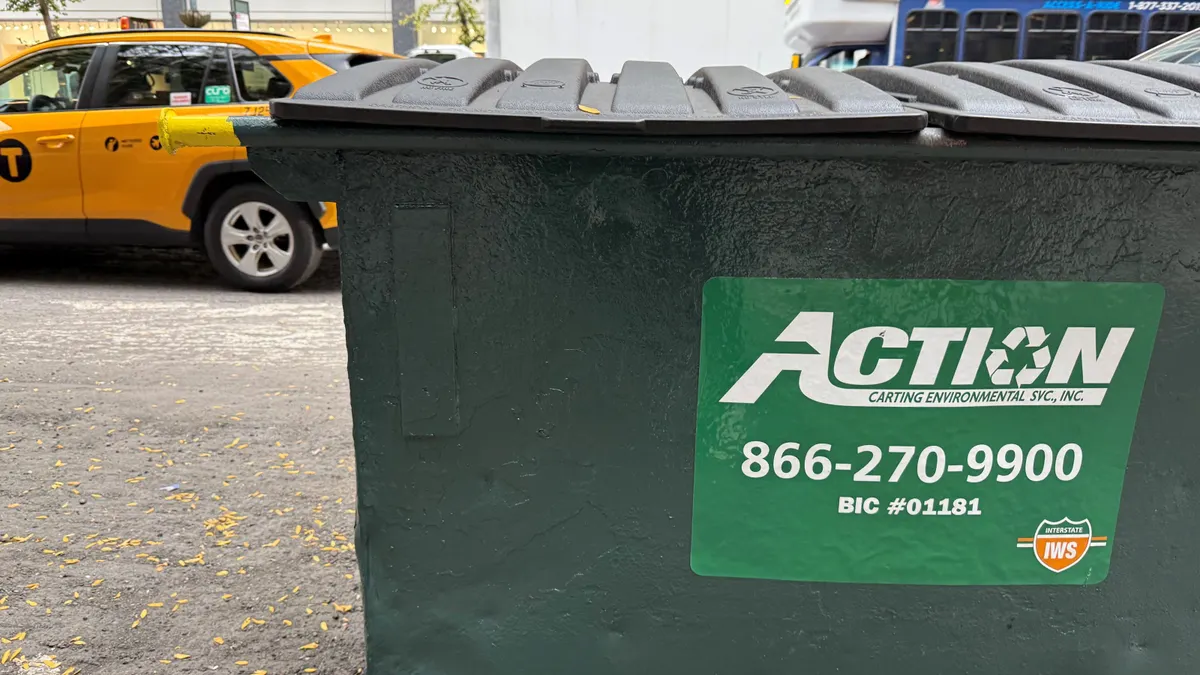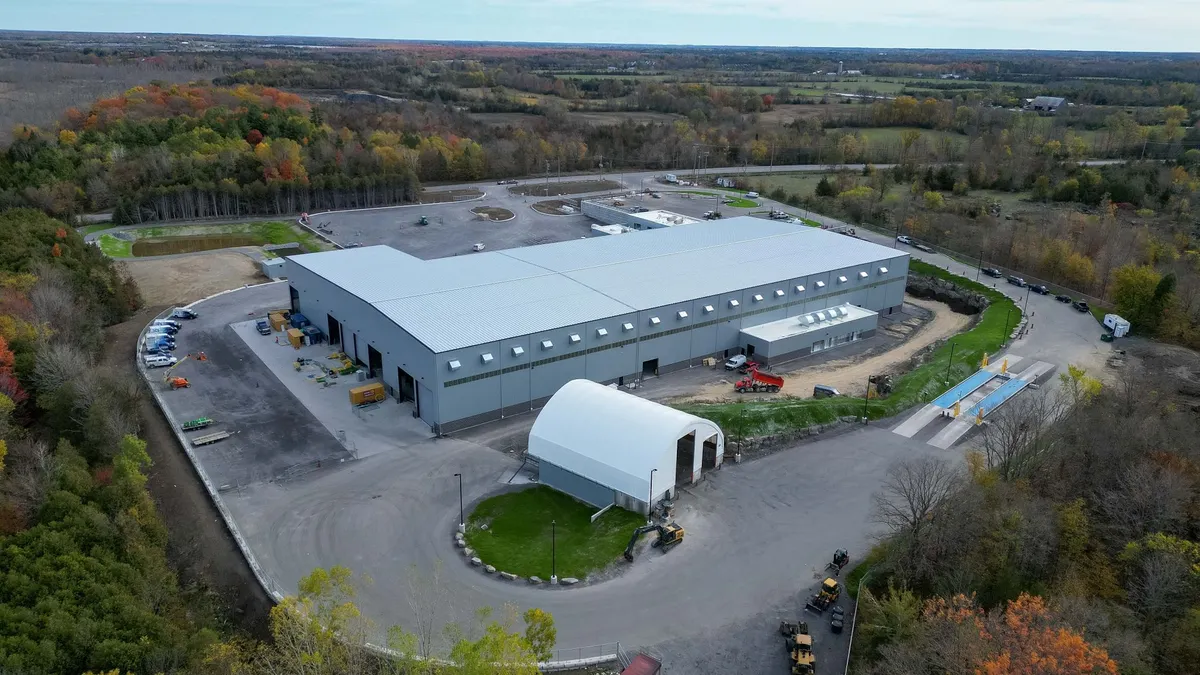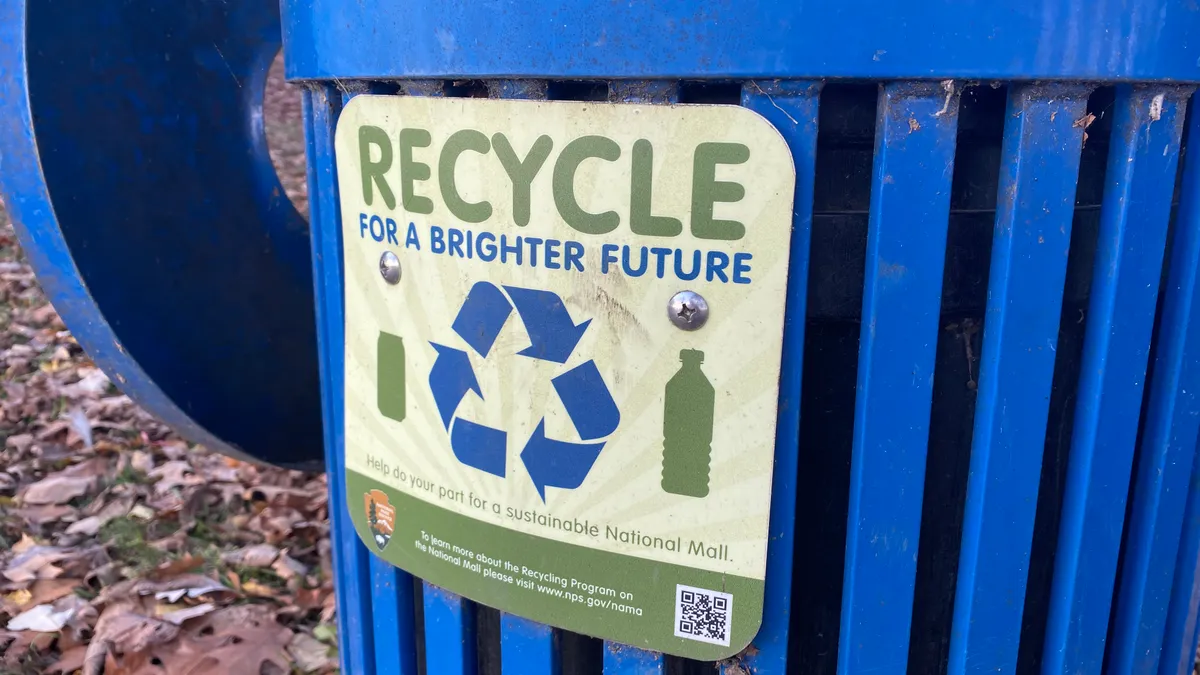The pandemic brought disruption to many aspects of recycling operations, but it wasn’t all bad, as recovered fiber markets illustrate. Containerboard production and old corrugated container consumption reached record levels last year, driven largely by a pandemic e-commerce surge. Now, the question is how long the recycled fiber market boom will continue.
“It was one of the best years for growth in a long time,” said Myles Cohen, founder of consulting firm Circular Ventures, noting Numera Analytics’ estimated 4.6% growth in containerboard shipments in 2021. “Traditionally, if there was a 1-2% increase, that would have been pretty good… But 4.6% growth is kind of off the charts.”
Paper markets overall were strong in 2021, especially containerboard, which comprises the lion’s share of the recovered fiber market. OCC demand also reached a record level in 2021, with mills consuming 24.3 million tons, a 6.8% increase over 2020, according to the American Forest & Paper Association (AF&PA). Paper prices also skyrocketed, with certain grades increasing tenfold in the two years since the pandemic began.
An e-commerce surge fueled the record growth. E-commerce has been building as a factor for a while, but the pandemic accelerated it as people spent more time at home instead of at brick-and-mortar stores, said Brian Hawkinson, AF&PA's executive director of recovered fiber.
Pandemic impact
Overall, the pandemic resulted in shifts within supply and demand among paper sectors. More time at home instead of at offices led to less mixed office paper generation and collection. People also increased how much they cooked and ate at home, so more paper packaging came out of grocery stores instead of grab-and-go establishments, restaurants and cafeterias.
Consumer brands are prompting some of the increased recovered fiber demand as they work to meet sustainability goals, a trend that also grew during the pandemic. For example, last year Chobani released a paper-based yogurt container as part of its move away from plastics. Flexible packaging company ProAmpac has made a series of recent acquisitions to expand its sustainable packaging offerings, especially paper. And materials science tech company Footprint announced in December that it's going public; it creates fiber packaging solutions as an alternative to single-use plastics.
"There's no question that ESG is affecting the paper industry, and it's in a positive way," said Cohen, also a former president at Pratt Recycling. "The plastics to paper transition that companies are trying to do... is occurring very, very slowly. It's not going to happen overnight, but it is going to happen."
Paper mills have upped their output to meet the high demand.
"Mills are running at very high capacity — somewhere between 94% and 95.5%, which is pretty unusual," Cohen said, noting that typical capacity hovers in the high-80% to low-90% range. Much of the operating rate increase is driven by mills processing more recycled content instead of virgin, because there is a “strong, strong demand for recycled content,” Cohen said.
AF&PA points to about $5 billion in paper processing infrastructure investments coming online in the U.S. from 2019 to 2023, including new paper mills and upgrades to existing mills’ machinery. The infrastructure improvements are expected to bump up the 32 million tons consumed last year by an additional 8 million tons, or 25%, by the end of 2023.
The investments mean that “numbers are bullish on the future in terms of the ability to meet customers’ needs with sustainable packaging,” Hawkinson said.
A recent AF&PA study found that the U.S. paper recycling rate has grown, as has residential access to paper recycling. The study indicates 94% of people have access to paper recycling in their communities, which is actually down 2% since the last time the study was conducted, in 2014. In addition, 79% have access to curbside recycling, up 1% since the 2014 study.
However, residential recycling is considered less efficient and results in lower-quality materials than that at commercial or industrial businesses.
"The recycling rates for paper from residential is not as high as it is for big box stores and grocery stores," Cohen said. "You'd be hard pressed to find any city in the country that would have a 90% recycling rate for cardboard in residential recycling; most of that cardboard was coming out of retail stores."
With more paper generated in homes instead of commercial establishments, supply quality concerns emerged early in the pandemic. Some municipalities and haulers temporarily halted collection amid the initial uncertainty of risks associated with handling materials potentially contaminated with the novel coronavirus. Labor disruptions from sick employees occurred on collection routes and at MRFs. In turn, questions also arose about whether the increased amounts of OCC from e-commerce were simply getting disposed instead of getting recycled.
Most of the collection programs quickly resumed, but disruptions remain across the country. Now, the labor constraints across industries are creating a new wrinkle. Analysts explain that some collection programs again face temporary suspensions as haulers struggle to hire and retain enough employees; illness also has been a factor during the pandemic.
While e-commerce primarily relies on corrugated boxes, shippers are also increasing their use of paper padded mailers instead of plastic versions. Georgia Pacific expanded its manufacturing of the product amid growing demand for sustainable shipping envelopes. AF&PA recently released a statement touting paper padded mailers' recyclability and encouraging communities to accept them in curbside collection programs: "Paper padded mailers are widely accepted by AF&PA member company mills in an amount normally found in Old Corrugated Containers (OCC) and/or Mixed Paper bales generated in residential curbside recycling programs."
The export surprise
Analysts generally expected that U.S. recovered fiber exports would dip in 2021 when China halted acceptance of recovered paper as part of its National Sword policy, explained Hannah Zhao, senior economist for global recovered paper at Fastmarkets RISI. Instead, U.S. recovered fiber exports were up 13% from January to November 2021, according to U.S. Census Bureau data, thanks to other countries picking up China's slack.
"There was a very strong increase of exports to India, Southeast Asia, Mexico, Brazil... and to Western Europe," Zhao said. "Almost every region was very hungry for fiber last year, and they all came to the U.S. to buy recovered paper — particularly OCC and mixed paper."
However, some of the U.S. exports are still making their way to China in a roundabout way.
"Some of those Southeast Asian countries import U.S. OCC or mixed paper, and then they use the imported fiber to make recycled pulp or to make containerboard. Then they export the recycled pulp and containerboard to China," Zhao said. "So actually, the import demand from Southeast Asia and India, part of that is still Chinese demand for fiber for paper packaging."
Domestic recycled pulp mill capacity is expanding in response to increased demand. For example, Nine Dragons has been building up its U.S. network of pulp mills, including two that produce varieties of recycled pulp in Maine and West Virginia.
That demand is predicted to be a bit lower in 2022, at least early in the year.
How long will it last?
Analysts generally assume that most pandemic restrictions will ease in 2022 and again alter consumers' pandemic-era buying habits. That could prompt another shift in fiber sectors, such as less OCC demand if e-commerce activity falls. A shift back to more commercial and industrial fiber collection could boost quality and overall recovery rates.
"We may see more OCC come from the commercial and industrial sectors this year, and the overall OCC recycling efficiency will improve... because residential recycling is less efficient than the recycling from the commercial or industrial sectors," Zhao said.
Brand ESG commitments, especially pledges to reduce plastic use, likely will continue to emerge and get updated, further buoying paper markets. Although analysts anticipate the sharp demand and price increases will stabilize this year, they still foresee strong paper markets through 2022.
"There is still going to be quite good growth for OCC demand this year. But compared to the nearly 7% growth last year, this year will be much slower than that," Zhao said. "That was one of the quickest growths I saw in the last two decades."



















